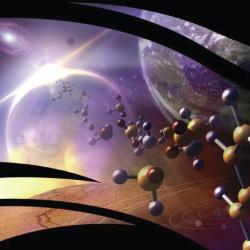Source Institutions
Source Institutions
Add to list Go to activity
Activity link broken? See if it's at the internet archive

This activity (on pages 10-12 of the PDF) encourages learners to consider what makes living things different from non-living things. Learners discuss a pre-selected pair of objects, one living and the other non-living (and not made from something that was once living). Learners then go outside on a field trip to look for living things, which they note in their science journal. A follow-up discussion centers around what learners found and how they decided that those things were alive.
- 10 to 30 minutes
- 1 to 2 hours
- $1 - $5 per group of students
- Ages 4 - 14
- Activity, Field Trip, Lesson/Lesson Plan
- English
Quick Guide
Materials List (per group of students)
- White board, chalk board, or large piece of chart paper and chalk or markers
- A pair of objects, one living (such as an insect, plant, or classroom pet) and one non-living (any inanimate object, preferably one not made from once-living material such as wood or leather)
- Hand lenses
- An outdoor area to investigate
- 1 science journal for each participant
Subjects
-
Earth and Space Science
- Astronomy
-
Life Sciences
-
Diversity of Life
- Plants
- Animals
- Classification
-
Diversity of Life
Informal Categories
- Outdoor Activity
Audience
To use this activity, learners need to:
- see
- be mobile
Learning styles supported:
- Involves hands-on or lab activities
Other
Includes alignment to state and/or national standards:
This resource is part of:
Access Rights:
- Free access
By:
Source Collection
- Science After School Consumer's Guide
Rights:
Funding Source:
- NASA, NAG5-13028
